Are Website Sliders Hurting Your Visibility and Conversions?
 Sliders are cool.
Sliders are cool.
Sliders are an increasingly popular technique on websites. You know, the rotating images with compelling marketing text that scroll across the top of a web page. Four or five seconds of one marketing message or feature promotion followed by four or five seconds of another, and so forth for anywhere from three to a half dozen or more before the rotation starts all over again. Many websites do this on their home page, but some sites repeat the same slider progression on just about every page.
But sliders can hurt your conversions
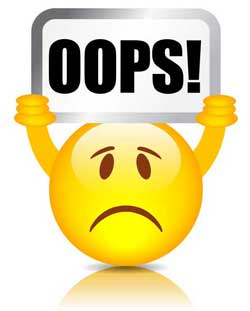 Customers are impatient
Customers are impatient
For one thing, images contain a lot of bytes, and the more images on a page, the longer it takes for the page to appear on a customer’s browser. If your page takes two or three seconds to download, that’s not a problem.
But if it takes five to ten seconds to download, impatient or time-stressed customers may well bail on you before the page finishes loading, and go back to the search results to find a better page. When that happens, you’ve lost the customer.
Customers only react to your first slide
Another concern is that customers almost never see anything past the first or second slide in your sliders. They may look at the first one for a few seconds, read it or even click on it for more information. But customers who are looking for what you promote on the second slide or the third may never see them. Why? Because they’re in a hurry and want to see if you provide what they need. So they scroll down your page quickly, moving the slider up and out of sight. They may never even realize it was a slider with more information than they absorbed in the first three or four seconds on your page. It’s no wonder that research demonstrates very few people ever click on any slide past the first one.
Subsequent slides don’t make your page any stickier
Research has shown that you have less than three seconds to convince someone they’re in the right place. That means most people are deciding whether to stay on your site before your second slide ever appears.
And sliders can hurt your SEO, too

Beyond that, when someone is looking for information you cover in later slides that they just don’t see, they are inclined to hit the back button to select something from the search results. When they do that, that’s called a bounce, and that, too, is a negative ranking factor.
How to fix it?
There are a number of alternatives to sliders that don’t carry problems for your rankings and conversions.
Hero image
This is a single large image at the top of your page that conveys the primary message of the page. You’ll find a good example of that on our own home page. Chances are each of your slider images links to a topical page within your website that focuses on the topic of the slide. Take those slides and turn each one into a hero image on the page it matches. Here’s an example of an excellent hero image on a website’s home page:
Collage or image array
This is like it sounds: one image made up of other images or pieces of them, or a number of separate, static images on your page.
Call to action and/or request form
A static image with either a contact request form or a call to action can be very effective, too.
If you’ve got sliders on your site, consider replacing them with one of the alternatives above. It just may help both your search visibility and your conversion rate.

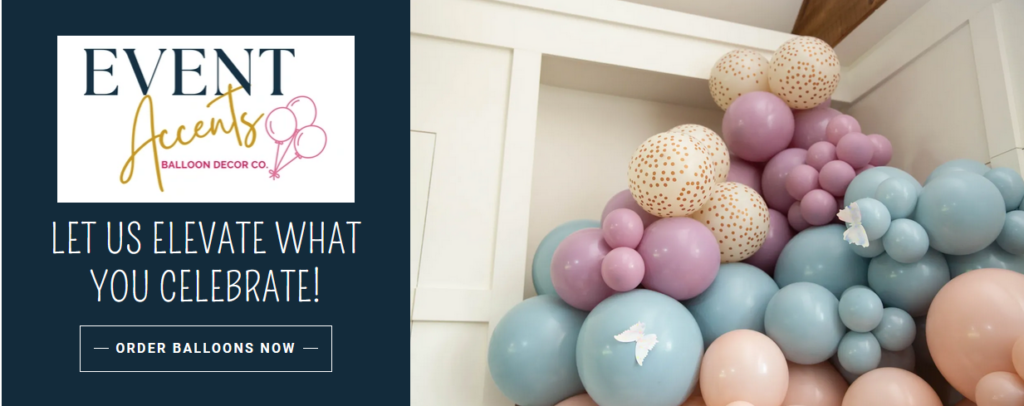

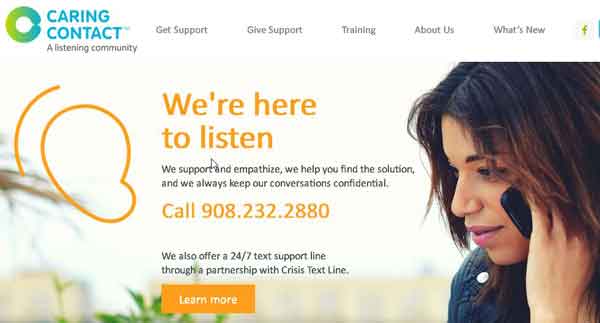

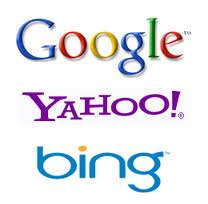 Search engines need to understand that your page is really “about” the keyword phrase that was searched.
Search engines need to understand that your page is really “about” the keyword phrase that was searched.


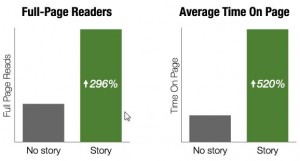


 So when consumers in your area search for what you do or what you sell, you need to show up in the search engine results. And to maximize the likelihood of that, search engines need to understand where your business is, and what geographic areas you serve.
So when consumers in your area search for what you do or what you sell, you need to show up in the search engine results. And to maximize the likelihood of that, search engines need to understand where your business is, and what geographic areas you serve.
